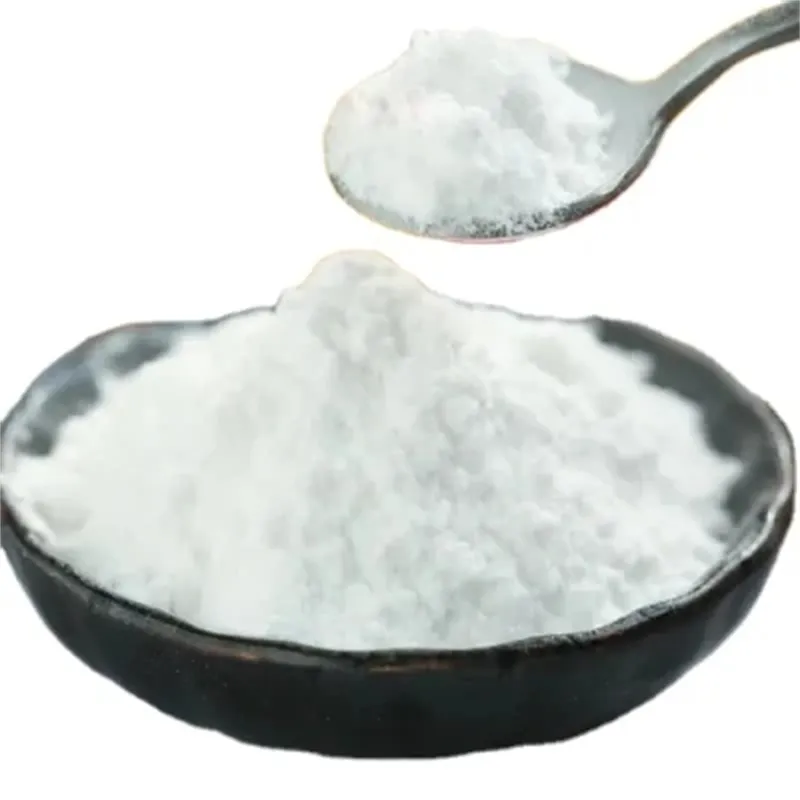Aug . 18, 2024 02:56 Back to list
Xanthan Gum Measurement for Each Cup of Flour in Baking Recipes
Understanding Xanthan Gum How Much to Use Per Cup of Flour
Xanthan gum is a popular thickening and stabilizing agent widely used in cooking and baking, particularly in gluten-free recipes. Originally developed as a food thickener, xanthan gum is a polysaccharide produced from the fermentation of simple sugars by the Xanthomonas campestris bacteria. Although it may sound complex, its practical applications in the kitchen are straightforward and highly beneficial.
One of the most common questions regarding xanthan gum is how much should one use per cup of flour? The answer varies slightly depending on the type of flour used and the specific recipe. However, a general guideline is to use about 1/4 to 1 teaspoon of xanthan gum per cup of gluten-free flour. For traditional wheat flour recipes, xanthan gum is often not necessary, but in cases where you want to replicate the elasticity and texture of gluten, adding a small amount can be advantageous.
The Role of Xanthan Gum
When baking with gluten-free flours, xanthan gum helps mimic the stretchy properties of gluten, which provides structure to baked goods. This is particularly important in recipes like breads, cookies, and cakes, where texture and consistency play crucial roles. Xanthan gum binds with the liquid in the recipe, creating a gel-like texture that helps to give the finished product a desirable chewiness and prevents it from crumbling.
In addition to providing structure, xanthan gum also enhances moisture retention. This aspect is vital for gluten-free baking, as many gluten-free flours tend to be drier than wheat flour. By adding xanthan gum, bakers can achieve a moist and tender result, improving the overall quality of the final baked item.
Tips for Using Xanthan Gum
xanthan gum per cup of flour

1. Experimenting with Ratios While 1/4 to 1 teaspoon per cup of flour is a good starting point, it is essential to experiment based on personal taste preferences and specific recipes. Some may find that a little more xanthan gum improves the texture of their baked goods, while others may prefer a lighter touch.
2. Mixing Thoroughly When using xanthan gum, it is crucial to mix it with the dry ingredients before adding any wet ingredients. This step helps distribute the xanthan gum evenly through the flour, preventing the formation of clumps.
3. Combining with Other Ingredients Xanthan gum can be used in conjunction with other gluten substitutes, such as guar gum or psyllium husk. Combining these ingredients can yield an even better texture for certain recipes, providing a more complex structure to the baked goods.
4. Adjusting for Humidity The amount of xanthan gum may need to be adjusted based on the humidity in your kitchen. In humid conditions, flour absorbs more moisture, and you may require slightly less xanthan gum. Conversely, in drier conditions, a bit more may be beneficial.
Conclusion
In conclusion, xanthan gum is an invaluable ingredient for those who engage in gluten-free baking or are looking to enhance the texture of their baked goods. With a recommended amount of 1/4 to 1 teaspoon per cup of flour, it can significantly improve the structure and moisture retention in recipes. As with any ingredient, it may take some experimentation to find the right balance for individual culinary creations. By incorporating xanthan gum thoughtfully, home bakers can create delicious, gluten-free delights that rival their traditional counterparts.
Latest news
-
Certifications for Vegetarian and Xanthan Gum Vegetarian
NewsJun.17,2025
-
Sustainability Trends Reshaping the SLES N70 Market
NewsJun.17,2025
-
Propylene Glycol Use in Vaccines: Balancing Function and Perception
NewsJun.17,2025
-
Petroleum Jelly in Skincare: Balancing Benefits and Backlash
NewsJun.17,2025
-
Energy Price Volatility and Ripple Effect on Caprolactam Markets
NewsJun.17,2025
-
Spectroscopic Techniques for Adipic Acid Molecular Weight
NewsJun.17,2025

